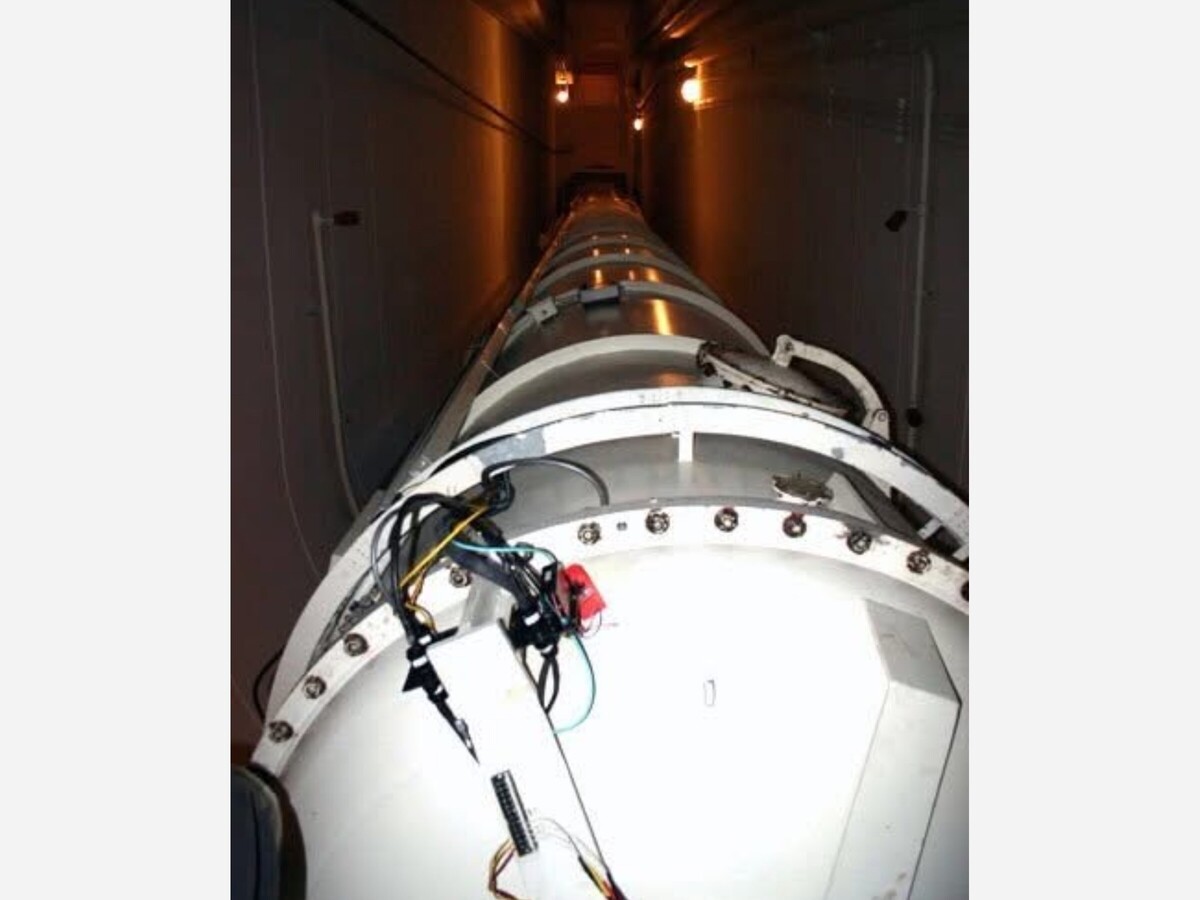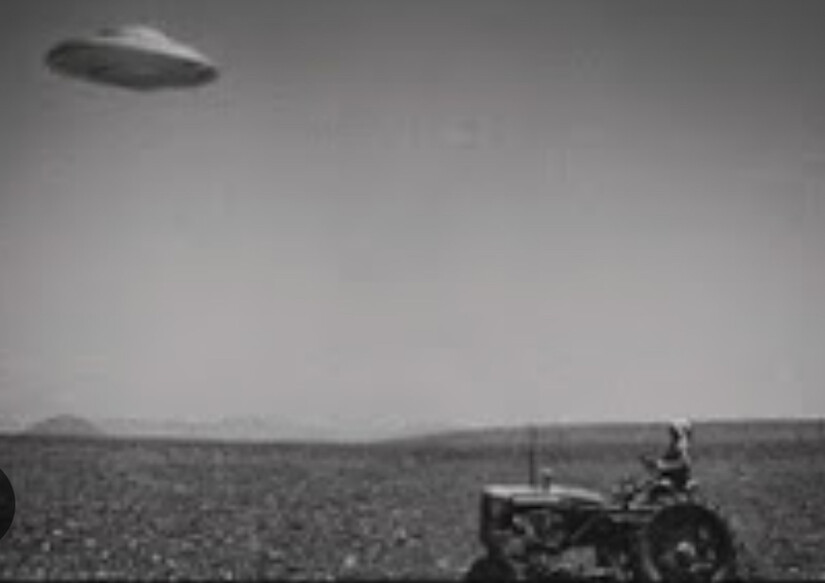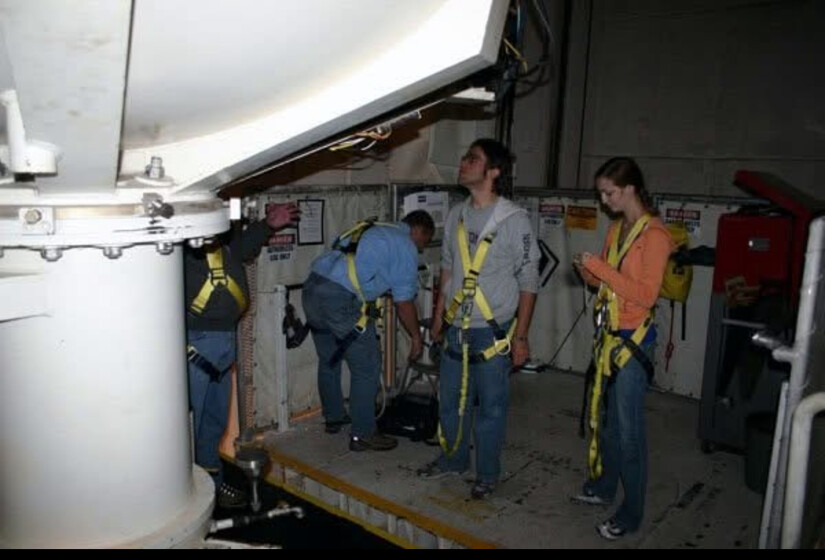Image


“Oh, oh, did you know?” my wife, Sharon, asked when I came home for lunch.
It was October 2002 and I had just started as education officer at the National Solar Observatory at Sunspot.
“Know what?” I replied.
“That the bodies and saucer from Roswell are buried in the basement of the telescope building.”
“That’s crazy. Where did you hear that?”
“They guy installing the satellite dish.”

I had worked long enough in newspapers – including more than eight years covering Space Shuttle for The Huntsville Times – to know that every crazy story has a mustard seed of truth at its origin before it metastasizes into something odd.
Sharon was referring to the Dunn Solar Telescope, which has one of the most unusual shapes in solar physics. Richard Dunn, Sunspot’s director in the 1960s, came up with a design to get sharper images of, well, sunspots and other features on the Sun’s surface.
The trick was a long cylinder as the main telescope barrel with the air evacuated to eliminate heating and turbulence in the light path.
The tricky part was keeping the barrel from sagging under its own weight.
No problem: Hang it straight down and add mirrors on top, 135 feet high, to tilt and turn to shine sunlight 200 feet down the barrel to the primary mirror, which then reflected light upward to science cameras. And that becomes part of the legend.
After lunch, I asked my boss, Steve Keil, about Sharon’s discovery.
“Oh, yes,” he said. “There’s a whole bunch of people who believe that.”
“Why?”
“Well, the Air Force started observations up here in 1947.” Sunspot was one of the first space weather forecasting stations, established after World War II experiences showed that solar activity impacts radio and radar. 1947 was the year of the alleged Roswell flying saucer crash.
“Don Menzel, the Harvard astronomer who said we should build here, was supposedly part of the Majestic 12 cover-up committee,” Steve continued. “And, we are just a three-hour drive from Roswell and next door to Holloman Air Force Base and White Sands Missile Range, where lots of secret stuff goes on.”
Sound reasonable. But why hide the saucer in the basement of the Dunn?
“Why else would the Air Force dig a hole in the top of a mountain if they weren’t trying to hide something?”
“OK, I can see how someone might stitch these pieces together,” I replied. “Since I handle press queries, what is the answer that you give when someone calls and asks?”
“Oh, I tell them it’s true,” Steve replied in his classical deadpan manner. “But it’s not here right now. It’s in Georgia bothering a sheriff.”
In later years, I got to visit the bottom of the telescope. It’s a 30-minute freight elevator trip down an inverted cone that slowly narrows to about 20 feet, barely enough room for technicians to remove the main mirror for resilvering.
I saw no hint of a saucer or even a door that might lead to a secret storage room.
But, of course, I neuralyzed myself when I returned to the top.
 Summer interns visit the bottom of the Dunn Solar Telescope and get the view looking up. (National Solar Observatory photo)
Summer interns visit the bottom of the Dunn Solar Telescope and get the view looking up. (National Solar Observatory photo)The author is a veteran aerospace writer and educator who lives in High Rolls. He recently retired as education director at the New Mexico Museum of Space History, and now runs The Traveling Gizmo Show.